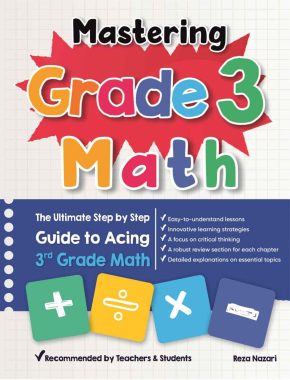Long Division: How to Deconstruct complex Integrals

The long division method in calculus simplifies rational functions before integration. When the numerator’s degree is higher than the denominator’s, long division helps rewrite the function into a polynomial plus a remainder over the original denominator. This transformation makes integration more straightforward, allowing for the application of basic integration rules to the polynomial and the proper treatment of the fractional remainder.
Using long division in calculus involves dividing the polynomial numerator by the polynomial denominator to separate the integral into more manageable parts. This division yields a simpler polynomial plus a fraction where the numerator’s degree is less than the denominator’s. The reduced fraction often requires substitution or partial fractions to find the integral. For additional educational resources U.S. Department of Education website.
In calculus, when faced with integrating a complex rational function \( \frac{P(x)}{Q(x)} \) where \( P(x) \) and \( Q(x) \) are polynomials, long division is a useful technique. It simplifies the function by dividing \( P(x) \) by \( Q(x) \), yielding a quotient that is a simpler polynomial plus a remainder fraction, where the numerator’s degree is less than the denominator’s. For additional educational resources U.S. Department of Education website.
Long division in calculus divides \( P(x) \), a higher degree polynomial, by \( Q(x) \), to simplify \( \int \frac{P(x)}{Q(x)} \, dx \). The result is a quotient polynomial plus a remainder fraction \( \frac{R(x)}{Q(x)} \), where \( \deg(R) < \deg(Q) \). Integrating the quotient is straightforward. For \( \frac{R(x)}{Q(x)} \). For additional educational resources U.S. Department of Education website.
Let’s consider an integral involving a rational function where we apply the long division method. Suppose we want to integrate: For additional educational resources U.S. Department of Education website.
Frequently Asked Questions
How do you divide fractions?
How do I help my child prepare for the math test?
To help your child prepare for their math test, especially on topics like long division and integrating complex fractions, a two-pronged approach can be very effective. First, consider using resources that break down these concepts into understandable parts, such as the Top 10 Grade 3 Math Books Inspiring Young Mathematicians To Explore. These books often provide step-by-step explanations and examples that can demystify challenging topics. Second, reinforce their learning and practice with additional problems from Worksheets tailored to their grade level and the specific areas they need more help with. This combination of reading and practical application helps solidify their understanding and boost their confidence before the test.
What math skills should my 3rd grader know?
By third grade, students should be comfortable with basic arithmetic operations—addition, subtraction, multiplication, and division—and begin applying these skills to solve word problems. They also start to explore the concepts of fractions and understand the properties of basic geometric shapes. To support your child’s learning journey, consider using resources like the Top 10 Grade 3 Math Books Inspiring Young Mathematicians To Explore. Additionally, practicing regularly with Worksheets can help reinforce these concepts and enhance their problem-solving skills.
Related to This Article
More math articles
- 6th Grade OSTP Math Worksheets: FREE & Printable
- The Ultimate 6th Grade NDSA Math Course (+FREE Worksheets)
- FREE ISEE Middle Level Math Practice Test
- Everything Yоu Need to Pass the GED Mаth Test
- Reading Clocks
- Limits: What is the Neighborhood of a Point
- What Kind of Math Is on the PERT Test?
- Using Number Lines to Represent Fractions
- SAT Vs PSAT Tests
- Graphical Insights: How to Solve Systems of Non-linear Equations Step-by-Step






































What people say about "Long Division: How to Deconstruct complex Integrals - Effortless Math: We Help Students Learn to LOVE Mathematics"?
No one replied yet.